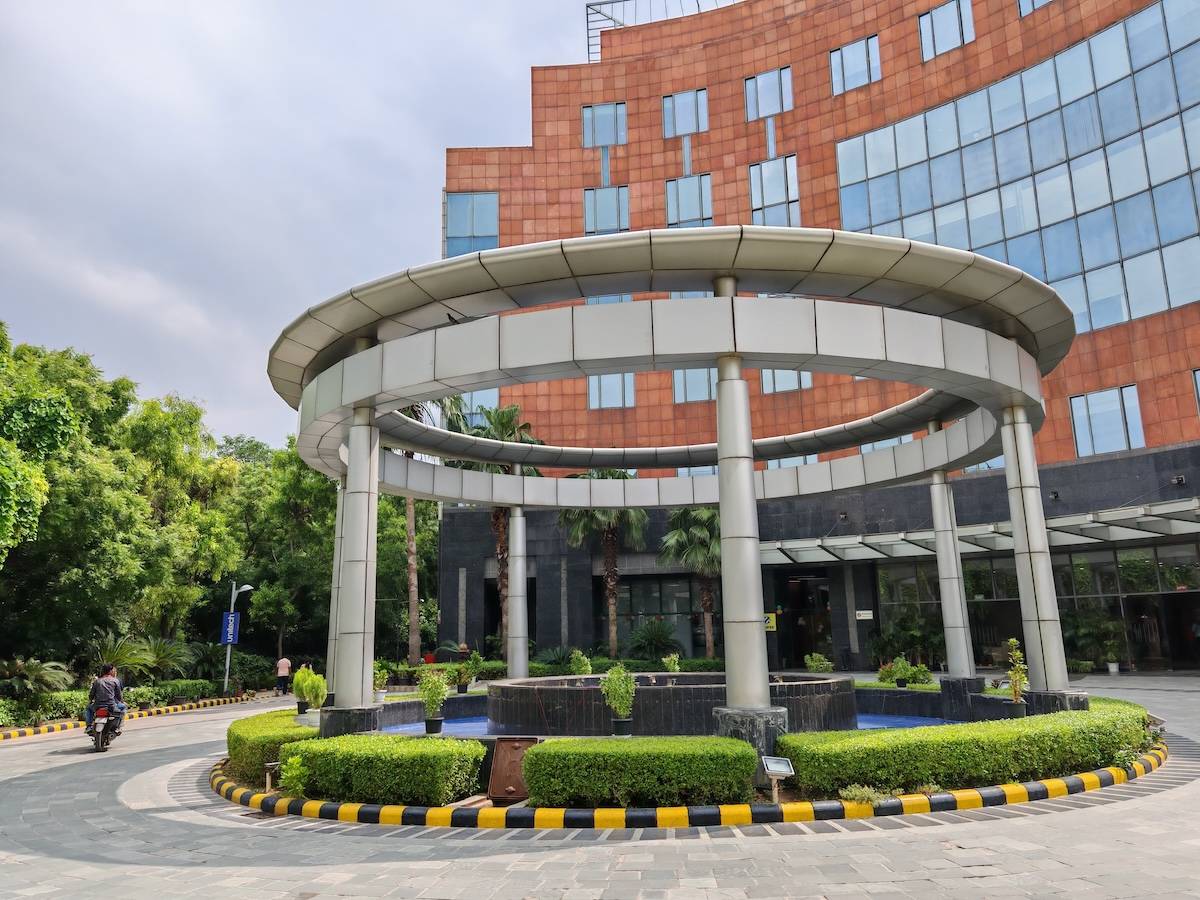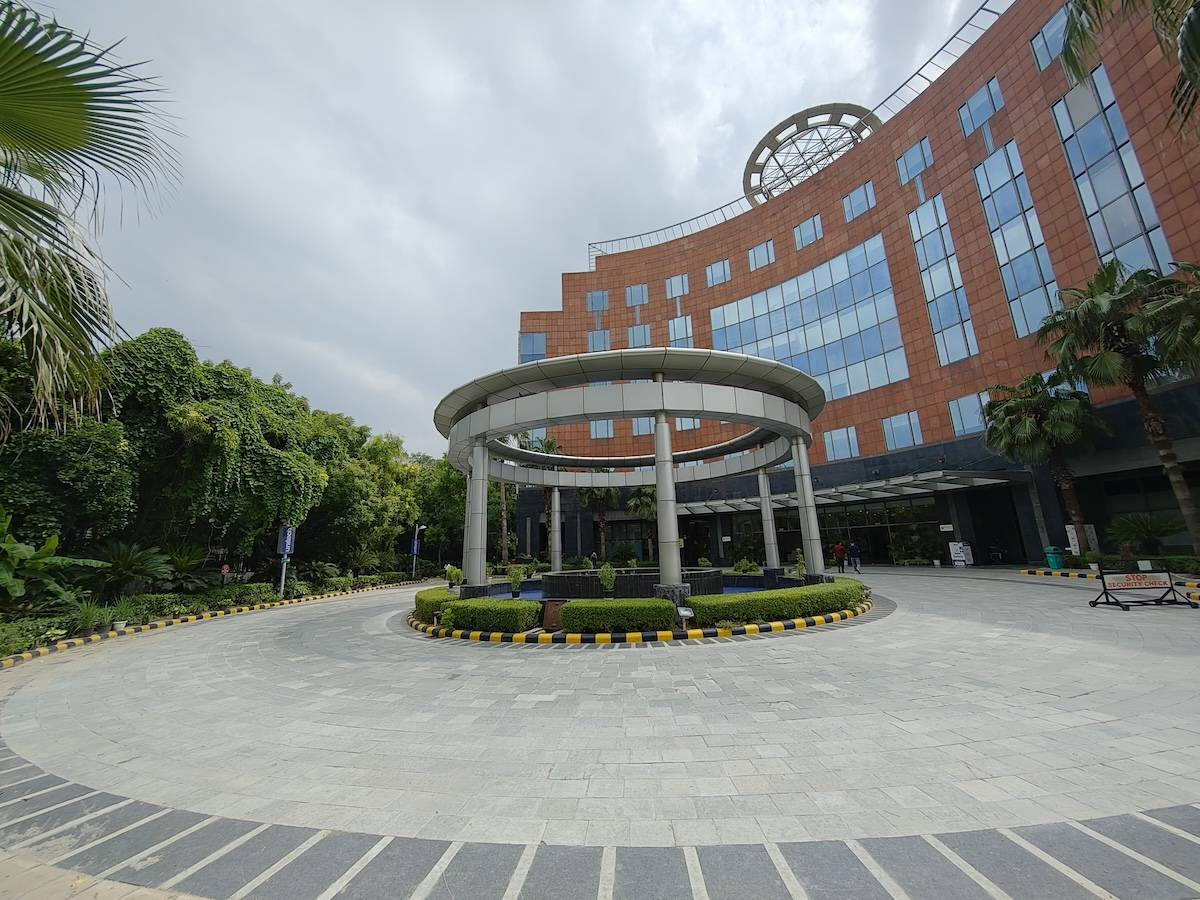Google Pixel 8 revisited: what works, and what doesn’t
The new Google Pixel 9 lineup has just been launched in India. This means the previous-iteration Pixel 8 (review) smartphone could sell at a more affordable price tag. The handset is currently listed on Flipkart at Rs 58,999, which is down from its official launch price of Rs 75,999, for the base 8GB RAM variant. The price is likely to reduce further in the upcoming festive season. So the question is, should you consider buying the Pixel 8 after a year of its launch? Read on to find out.
What works for the Pixel 8
Form factor
The Pixel 8 is one of the most compact Android smartphones out there. With its 70.8 x 150.5 x 8.9mm dimensions and 187 grams weight, the handset is super comfortable to hold and use single-handedly. Reaching the far corner may still not be possible without resorting to finger gymnastics, but that aspect has been resolved to some extent with a near bezel-less 6.2-inch OLED LTPO display and the software. The latter lets you pull the notification panel by swiping down from the middle of the home screen, among other things.
Design
Cameras
The Pixel 8 cameras may not be as versatile as some of the other new-age smartphones, but their performance is still justifiable after a year. With a dual 50MP primary and 12MP ultrawide rear camera setup, along with a 10.5MP front camera, the handset produces vibrant, contrast-rich images with plenty of detail and well-preserved shadows across different lighting conditions. To give you a better perspective, we compared Pixel 8 images with those from the latest Motorola Edge 50 Ultra and Honor 200 Pro. Check it out:

The daylight shots from the Pixel 8 are just as sharp as the Honor and Motorola smartphones. However, the Honor 200 Pro might be a better alternative if you prioritise sharpness, which comes at the expense of boosted colours and less prominent shadows. The Motorola Edge 50 Ultra captures images with better dynamic range, which is on par with the Pixel 8.

The 13MP ultrawide sensor on the Motorola Edge 50 Ultra seems to be doing a nicer job capturing landscapes than the Pixel 8 and Honor 200 Pro. The colour science and dynamic range also look appealing. While the Pixel smartphone does have a bit of warping involved, it outputs images with near-accurate colours.

Portraits on the Motorola Edge 50 Ultra and Pixel 8 are more accurate compared to the Honor 200 Pro, which uses a soft, warm light on the subject’s face for a pleasing effect. The Pixel 8 produces images with superior highlights and more pronounced skin tones. However, the Motorola stands out for its better edge detection, thanks to its dedicated telephoto lens. For selfies, the Pixel 8 excels at capturing images with better facial detailing and skin tones than its counterparts. The Motorola smartphone offers a bit more exposure to facial detailing than the Honor 200 Pro, but akin tones are less contrasty.

While the Motorola Edge 50 Ultra and Honor 200 Pro both deliver sharper images in lowlight with their night modes, the colours are oversaturated. The Pixel 8, in contrast, captures images with near-accurate colours, but the sharpness appears underwhelming.
What doesn’t work for the Pixel 8
Performance
The Pixel 8 is a decent performer for most activities but lacks the firepower that some of the other smartphones offer under Rs 60k. The iQOO 12 still leads the charts with its Snapdragon 8 Gen 3 SoC, which helps it score a whopping 21,15,610 on AnTuTu. This is followed by Motorola Edge 50 Ultra and Honor 200 Pro, which are powered by Snapdragon 8s Gen 3 chipset. So if you are a power-hungry user, these smartphones might be a better fit than the Pixel 8.
Buggy software
Weirdly enough, the Pixel 8 has buggy software. This is surprising, considering it comes from a brand that provides the Android OS to all third-party OEMs. During my usage, even Google’s own apps frequently froze and crashed, to the point where I was relieved to switch back to my previous device as my daily driver. The issues remain pertinent even after frequent updates.
Charging speeds
The post Google Pixel 8 revisited: what works, and what doesn’t first appeared on 91mobiles.com.
https://ift.tt/HdZrSgu
https://ift.tt/iLFQZYr





No comments